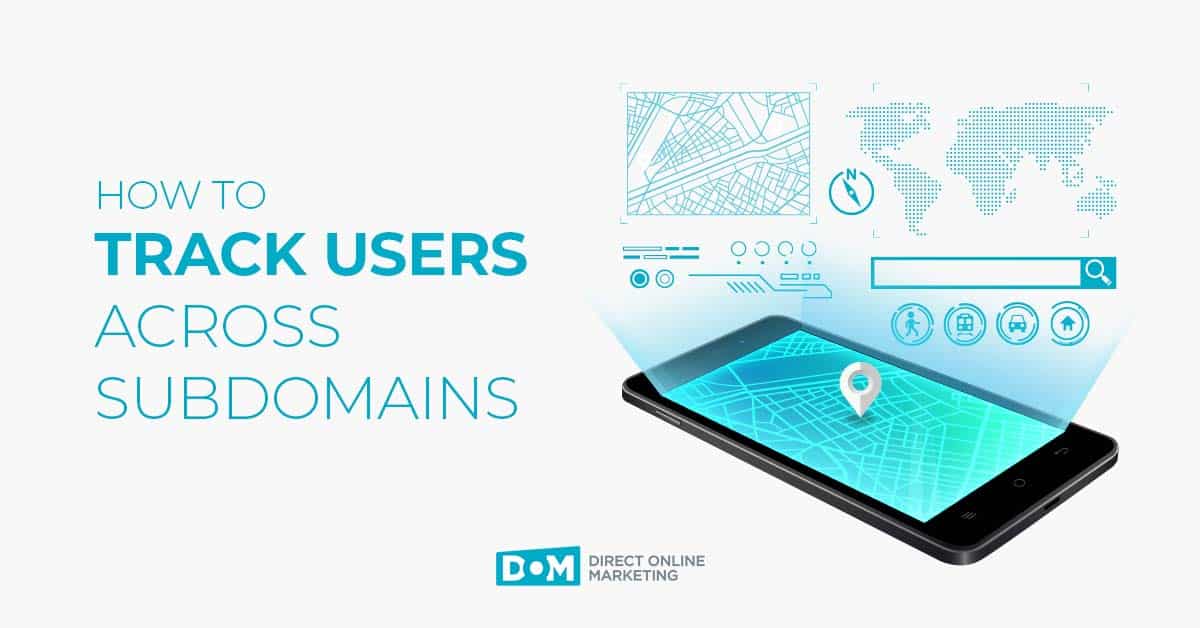
Google Analytics 4 (GA4) is the standard tool for tracking and understanding web and app analytics, reflecting the latest advancements in user privacy and cross-platform measurement. Since Universal Analytics is no longer in use, it’s essential for marketers to fully grasp the capabilities of GA4.
GA4 introduces a more integrated approach to tracking user interactions across various devices and platforms, responding to the modern web’s complexity. The new analytics model focuses on a user-centric view, aiming to deliver more meaningful insights into customer behavior.
We’ll explore GA4’s new segment features, critical for detailed targeting and analysis. For marketers, mastering these features is not just about keeping up, it’s about unlocking new potential in data-driven strategies.
Understanding the Basics of GA4
Google Analytics 4 differs from the old Google Analytics because it doesn’t just count page views and sessions. Instead, GA4 tracks all sorts of actions people take, like clicking buttons or watching videos, and it calls these actions ‘events.’
One big change with GA4 is how it follows users across their phones and computers. This is important because people switch between devices a lot, and GA4 keeps track of that. It gives a complete picture of what users do, no matter where they do it.
Privacy is another big focus in GA4. It’s built to handle the rules of today’s internet, where user privacy is a big deal. GA4 makes sure marketers can get useful information while still keeping user data safe and private.
GA4 also uses advanced technology to guess what users might do next, like whether they’re likely to buy something. This helps marketers plan better and create ads or offers that are more likely to get results.
To sum up, GA4 is all about understanding the full story of what users do, keeping their information safe, and using smart tools to make better marketing decisions. It’s designed for the way we use the internet now, which is more complex and connected than ever.
The Power of Segmentation in GA4
Segmentation is a crucial tool for marketers, allowing them to divide their audience into groups based on specific behaviors and characteristics. This division helps in delivering more targeted and effective marketing messages. GA4 elevates this capability with more advanced and flexible segmentation features.
In GA4, segments are created focusing on users and the events they trigger. This means you can group people not just by who they are (like their age or location) but also by what they do (like making a purchase or signing up for a newsletter). It’s a shift from a broad look at all web traffic to zeroing in on what specific types of users are doing.
The new segments in GA4 are dynamic and adaptable. You can create segments on the fly, adjusting them as new data comes in. This real-time segmentation allows for quick responses to changes in user behavior, which is vital in the fast-paced digital world.
Even better, GA4’s segments are more integrated with other Google products. This means the segments you create in GA4 can be easily used for targeting in Google Ads, making it simpler to align your analytics insights with your advertising efforts.
The segmentation power of GA4 is about understanding the nuances of your audience and engaging them more effectively. It’s about getting the right message to the right people at the right time, using detailed data to inform your strategy.
GA4’s New Segment Features
GA4 introduces new segment features allowing a deeper look into user data. These features offer detail and flexibility not seen in previous versions. For instance, GA4 allows the creation of segments based on a combination of user attributes and behaviors, enabling marketers to track the customer journey more accurately.
One standout feature is the ability to include or exclude groups of users based on a sequence of events. Marketers can now build segments to target users who completed a specific action in a particular order, like viewing a product and then signing up for a newsletter, which is invaluable for understanding and influencing the sales funnel.
Comparative analysis is another powerful addition. GA4 lets you compare the behavior of different segments side by side. This makes it easier to spot trends and patterns, like which marketing channels drive the most valuable customers.
Custom segments in GA4 can be fine-tuned with a variety of parameters, such as frequency of visits, monetary value, and recency of engagement. This granular control ensures that marketers can hone in on the most relevant user groups for their business objectives.
The new segments in GA4 are not just retrospective but can also be predictive. By leveraging Google’s machine learning algorithms, GA4 can predict future actions of users, such as the likelihood to purchase, helping marketers to engage with high-potential customers proactively.
These enhanced segment features in GA4 empower marketers to go beyond basic demographics to create and apply segments that reflect the complexities of user behavior in a time where privacy matters more than ever.
Leveraging GA4 Segments for Targeted Marketing
Using the new segmentation capabilities in GA4 can significantly enhance targeted marketing efforts. By creating detailed segments, marketers can tailor their strategies to address the specific needs and behaviors of different user groups.
Digital marketers can employ segments to isolate and analyze the behaviors of users who complete high-value actions, such as making a purchase or signing up for a service. By examining the characteristics and behaviors of these segments, you can identify patterns and tailor their campaigns to replicate this success across other user groups.
For example, a segment could be created for users who have visited a site more than five times but have not made a purchase. You can then target this segment with special offers or reminders to encourage conversion. Alternatively, a segment of users who abandoned their shopping carts can be retargeted with ads displaying the items they left behind.
When creating segments, it’s important to consider the customer lifecycle and to create segments that reflect different stages—from first-time visitors to loyal customers. You should also regularly review and update segments to ensure they remain relevant as user behavior and business objectives evolve.
GA4 also facilitates experimentation with its segments. You can test different messages and strategies with various segments to determine what resonates best with each group. By continuously refining segments and strategies based on performance data, you can enhance the precision and effectiveness of their targeted marketing initiatives.
Preparing for a Data-Driven Future with GA4 Segments
As you get more comfortable with GA4’s segmentation, you’ll discover opportunities to refine your marketing strategies. You’re not just tracking broad trends, you’re uncovering specific patterns that can predict future behavior. For instance, segments that track micro-conversions may soon be able to forecast customer lifetime value with greater accuracy.
Looking forward, it’s likely that GA4 segments will become even more intuitive, possibly evolving to automatically suggest new market segments based on emerging patterns in data. Imagine segments that adapt in real-time, pinpointing opportunities and risks, and informing you about shifts in consumer behavior before they fully manifest.
You should also prepare for segments that integrate more seamlessly with machine learning, offering predictions not just about potential purchases but also about churn risk or the likelihood of a user becoming a brand advocate. These predictive segments could become a central part of campaign management in GA4, giving you a dynamic tool for real-time marketing adjustments.
Your proficiency with GA4’s segments today lays the groundwork for more sophisticated marketing tactics tomorrow. As you grow with the platform, you’ll find that your ability to interpret and act on segment data becomes a critical asset in a market that values agility and foresight.
Get the GA4 Help You Need from DOM
The rollout of GA4 this year has been a learning curve for all of us. We’ve all had to adapt to keep our marketing strategies sharp and effective, sometimes with mixed results.
We know it hasn’t been easy—learning new systems never is. But it’s these challenges that push us forward. With the insights gained from GA4, especially about segmenting users, you’re better positioned to create marketing that truly speaks to your audience and meets them where they are.
If you’re finding the transition to GA4 a bit overwhelming or if you want to get even more from your data, you’ve come to the right place. DOM is well-versed in the ins and outs of digital analytics, and we understand the hurdles. We’re here to help you navigate through these changes, making your journey with GA4 as smooth and successful as possible.
Get in touch with us today for a free analytics strategy session.


